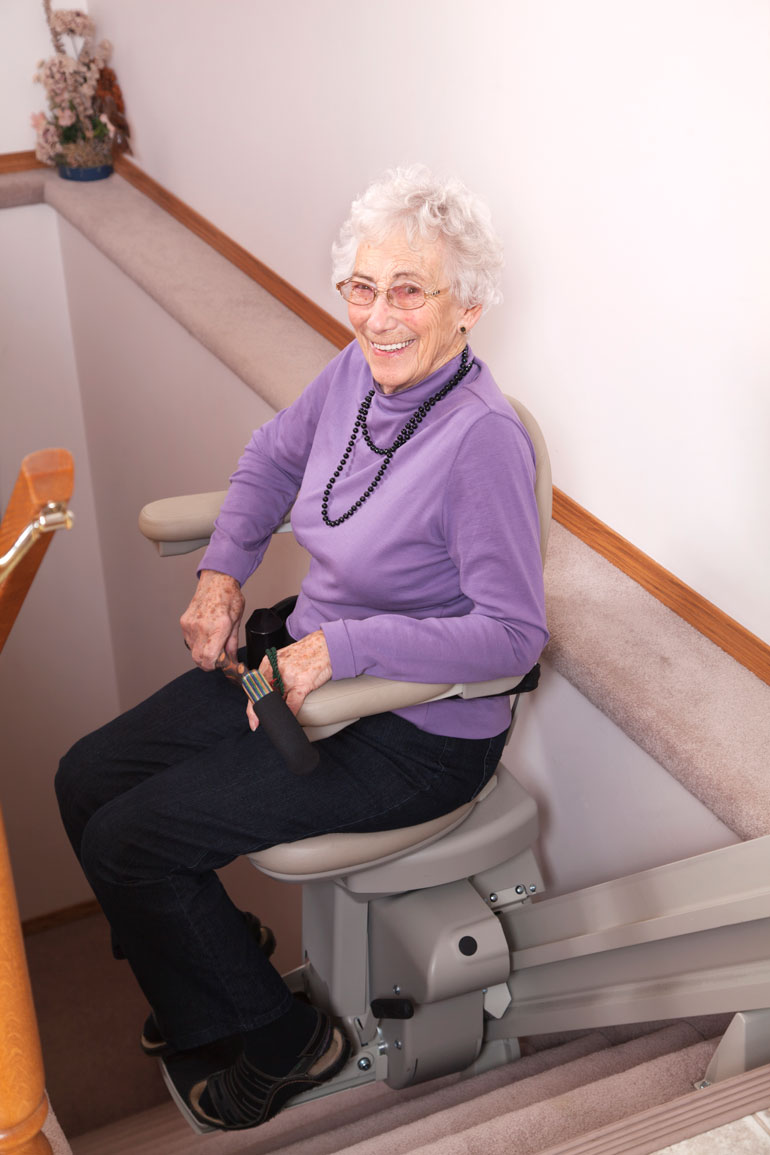In the quest for enhanced home mobility, many homeowners consider the option of a self-install stair lift. The allure of potentially saving on installation costs can be tempting, but the question of safety, efficiency, and long-term reliability looms large. Before taking on such a project, it is crucial to understand the risks and responsibilities involved.
Understanding the Complexity of Stair Lifts
Stair lifts are intricate devices designed to offer safe and reliable mobility for individuals facing challenges with stairs. They involve both mechanical and electrical components that must work seamlessly together. This complexity extends beyond the mere operation of moving up and down; it includes safety features, emergency stop mechanisms, and smooth start and stop functions to ensure the user’s comfort and safety.
The installation of these systems is not just about placing a track on the stairs; it involves electrical wiring, structural assessment of the staircase, and precise alignment to prevent malfunctions or accidents.
The Safety Implications of DIY Installation
The primary concern with self-install stair lift projects is safety. Incorrect installation can lead to several risks, including the stair lift malfunctioning, stopping unexpectedly, or, in the worst-case scenario, coming off the track. Such incidents not only endanger the user but can also lead to costly repairs or replacements.
Professional installers are trained to handle these intricate systems, ensuring every component is correctly fitted and fully functional, providing peace of mind that no DIY installation can guarantee.
Compliance and Warranty Concerns
Another critical aspect to consider is compliance with local building codes and manufacturer warranties. Many regions require installations to meet specific standards, and failing to comply can result in legal complications or voided warranties.
Manufacturers often stipulate that warranties are only valid if the installation is carried out by certified professionals. This means that any attempt to troubleshoot stairlift issues on a DIY-installed system might not only be challenging but could also leave you facing significant out-of-pocket expenses for repairs or parts.
The Value of Professional Installation
Choosing professional installation over a self-install stair lift project offers numerous benefits, including expert assessment of your staircase, personalized recommendations based on your specific needs, and the assurance that your stair lift will be installed with precision and care.
Professionals also provide invaluable training on how to operate your stair lift safely and are available to troubleshoot stairlift issues should they arise, ensuring that any problems are quickly and efficiently resolved.
While the idea of installing a stair lift yourself might seem like a cost-effective solution, the potential risks, compliance issues, and warranty concerns make it a gamble that is not worth taking. The safety of stair lift users and the reliability of the system should always be the top priorities.
SAFE Mobility: Ensuring Your Peace of Mind
At SAFE Mobility, we understand the desire to manage home improvement projects independently. However, when it comes to installing stair lifts, our experience has shown that professional installation is paramount for safety, reliability, and compliance.
Our team of certified technicians brings years of expertise, ensuring that your stair lift is installed correctly, meets all local regulations, and is covered by full manufacturer warranties. By choosing SAFE Mobility for your stair lift needs, you are not just getting a mobility solution; you are gaining a partner dedicated to your safety and comfort.
